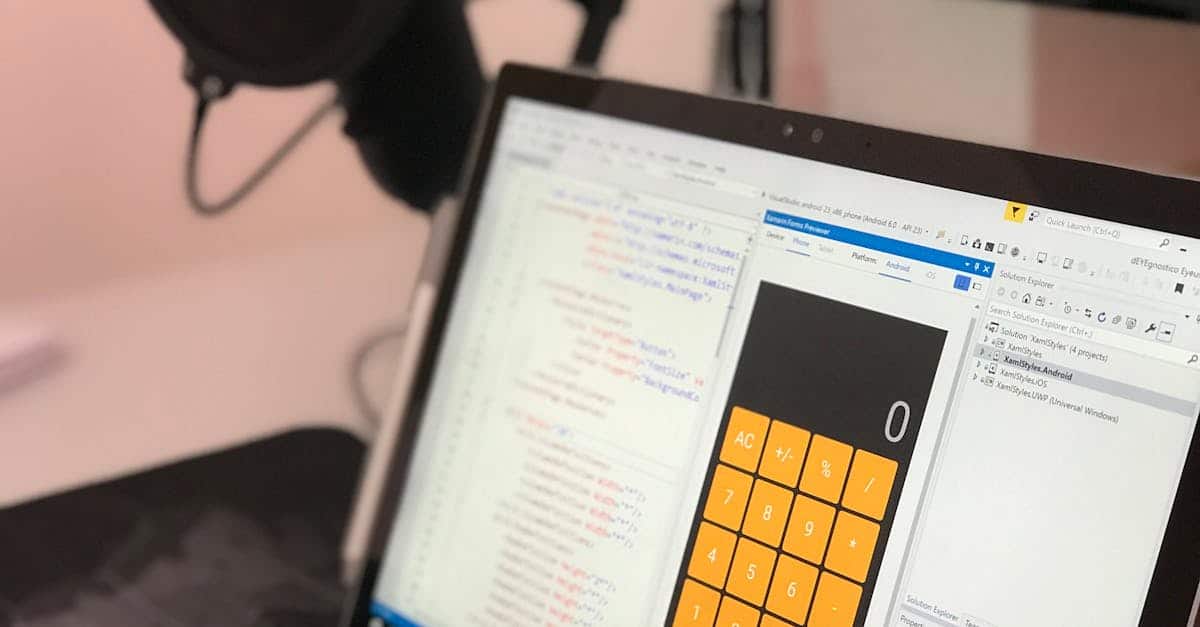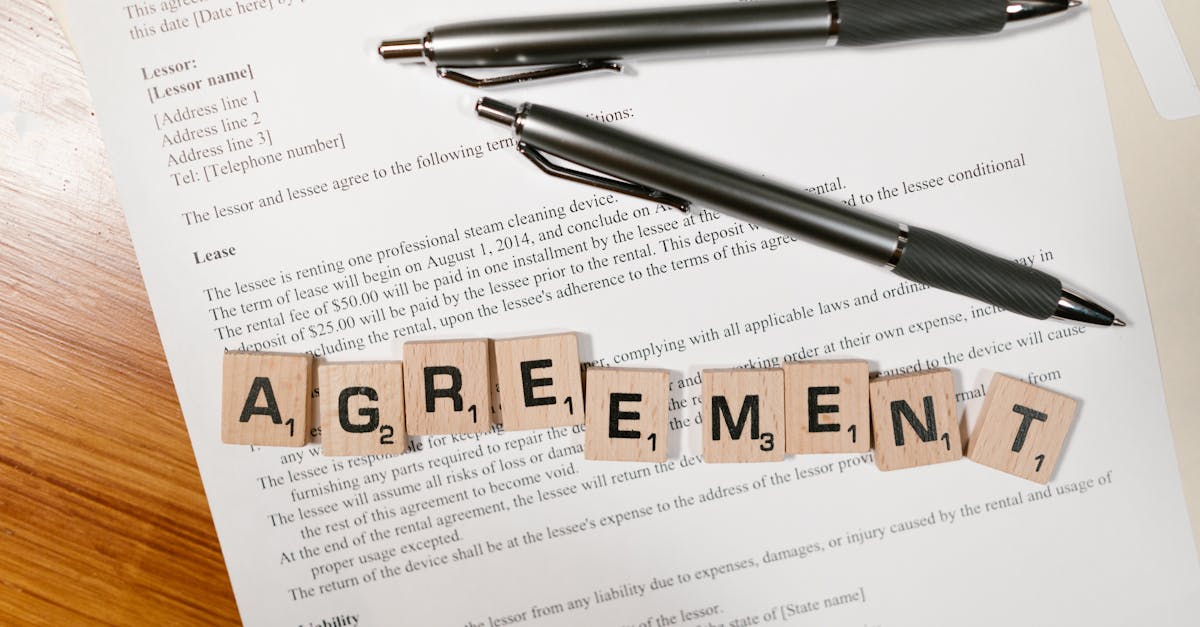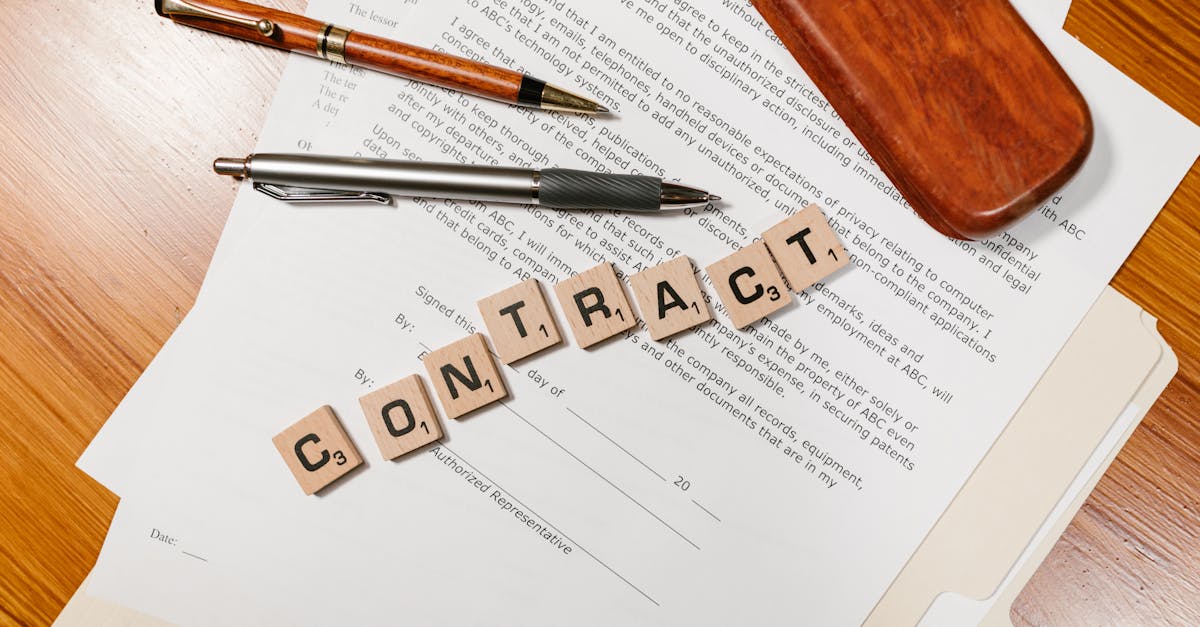
How Document Automation Software is Redefining Compliance in Multi-State Leasing for 2025
Introduction
As we approach 2025, the landscape of multi-state leasing is marked by escalating complexity. Property managers and real estate investors operating across diverse jurisdictions face a daunting challenge: a constantly shifting mosaic of local, state, and federal regulations governing lease agreements. Manually navigating this intricate web of differing laws—from varying eviction procedures and security deposit rules to specific disclosure requirements—is not only time-consuming but dramatically increases the risk of costly legal non-compliance, financial penalties, and operational bottlenecks.
In this challenging environment, the strategic application of document automation software is no longer a luxury but a critical necessity. This powerful solution is set to redefine compliance by transforming manual, error-prone processes into streamlined, accurate, and scalable operations, ultimately safeguarding your business against the inherent complexities of multi-state leasing.
Introduction: Navigating Multi-State Leasing Complexity in 2025
The landscape of property management and real estate investment is becoming increasingly complex, especially for businesses operating across multiple states. As we look towards 2025, landlords and property managers face a maze of differing local, state, and federal regulations governing lease agreements.
This multi-jurisdictional challenge necessitates a proactive approach to compliance and efficiency. Without precise management, the risk of legal non-compliance, financial penalties, and operational bottlenecks dramatically increases. This is where the power of legal automation steps in, offering a strategic advantage in streamlining operations and mitigating potential pitfalls.
Key Compliance Challenges for Landlords and Managers Across State Lines
Operating in diverse geographical areas means confronting a patchwork of laws that vary significantly from one state or even county to another. Navigating these differences manually is not only time-consuming but also prone to error.
Common Hurdles Include:
- Eviction Laws: Procedures, timelines, and allowable reasons for eviction differ widely.
- Security Deposit Regulations: Caps on deposit amounts, interest requirements, and return timelines vary.
- Notice Requirements: Different states have specific rules for notice periods regarding rent increases, lease terminations, or property access.
- Fair Housing Laws: While federal laws apply, states and municipalities often have additional protected classes.
- Lease Disclosure Requirements: Specific disclosures, such as lead-based paint or radon, may be mandatory in certain jurisdictions.
Missing a single nuance can lead to costly legal disputes, fines, and reputational damage. The sheer volume of information to track makes a strong case for integrating advanced solutions.
Why Automation is Essential: Reducing Risk and Mistakes
In a multi-state leasing environment, the traditional manual approach simply isn’t sustainable. Human error, even for the most meticulous professionals, is an unavoidable risk. This is precisely why legal automation is no longer a luxury but a fundamental necessity for modern property management and legal departments.
By automating repetitive tasks and ensuring consistency across all documentation, businesses can significantly reduce the likelihood of costly mistakes. This includes everything from ensuring the correct legal clauses are present in a lease to tracking compliance deadlines.
Benefits of Automation:
- Error Reduction: Eliminates manual data entry errors and ensures adherence to specific state requirements.
- Time Savings: Frees up valuable time for legal and HR teams to focus on strategic initiatives rather than administrative tasks.
- Cost Efficiency: Reduces the need for extensive manual review and potential legal fees arising from non-compliance.
- Enhanced Compliance: Systematically applies the correct legal frameworks, offering a consistent and compliant approach across all properties.
For growing businesses, tools that facilitate legal automation jobs are critical to scaling operations responsibly and efficiently.
How Document Automation Software Streamlines Multi-State Lease Agreements
Document automation software is at the heart of managing multi-state lease complexities. These sophisticated platforms allow for the creation of dynamic templates that automatically adjust content based on predefined rules, such as jurisdiction, property type, or specific lease terms.
Instead of drafting each lease from scratch or manually altering existing templates for different states, these systems enable users to input key data points, and the software generates a fully compliant document tailored to the specific requirements. This effectively transforms a manual, error-prone process into a swift, accurate, and scalable operation.
Many legal software solutions, including advanced law firm case management software, now incorporate robust document automation systems. They are designed to centralize document creation, version control, and storage, making it easier to manage a high volume of diverse lease agreements. Think of it as having an “automation anywhere” mindset applied directly to your legal documentation.
Practical Examples: Automating Lease Customization for Different Jurisdictions
Consider the process of creating a residential lease in New York versus a commercial lease in Texas. The legal frameworks are entirely different, from specific disclosures to rent control nuances and eviction procedures.
Example Scenarios:
- Residential Lease Agreement (New York): When generating a residential lease for a New York property, document automation ensures that all state-specific disclosures (e.g., lead paint, bed bugs, or specific notice periods for non-renewal) are automatically included. Clauses related to security deposit handling, which can be particularly stringent in New York, are pre-populated correctly. For a typical fixed-term residential lease in New York, a tool like the Residential Lease Agreement (Fixed-Term) New York on Formtify can automate much of this complexity.
- Commercial Lease Agreement (Texas): Conversely, for a commercial property in Texas, the software would pull different clauses pertaining to commercial landlord-tenant law, which typically offers more flexibility but still requires specific language around liability, build-out clauses, and property use. The Commercial Lease Agreement Texas template exemplifies how automation adapts to commercial real estate specifics.
These examples highlight how legal automation systems inc and similar platforms allow property managers and legal teams to focus on the unique aspects of each deal, confident that the foundational legal document is compliant and complete.
Formtify’s Top Template Picks for Multi-State Leasing
To assist businesses in navigating multi-state leasing effectively, platforms like Formtify offer a curated selection of templates designed for various jurisdictions. These templates are often built with adaptability in mind, allowing for customization while ensuring compliance.
- For those managing residential properties in New York, the Residential Lease Agreement (Fixed-Term) New York template is an excellent starting point, incorporating many of the state’s unique requirements.
- For commercial ventures in Texas, the Commercial Lease Agreement Texas template provides a robust framework compliant with Texas commercial real estate law.
Utilizing such pre-vetted and adaptable templates through document automation software significantly reduces the time and effort traditionally associated with multi-jurisdictional legal document creation.
Best Practices for Seamless Implementation
Adopting legal automation into your existing workflows requires careful planning and execution to ensure a smooth transition and maximum benefit. It’s not just about installing new legal automation software; it’s about integrating it effectively into your “pacific office automation” strategy.
Key Best Practices:
- Start Small: Begin with one specific document type or jurisdiction to iron out any kinks before scaling.
- Comprehensive Training: Ensure all team members, especially those involved in leasing or compliance, receive adequate training and skills needed for legal automation tools. This helps bridge any knowledge gaps and encourages adoption.
- Regular Review: Legal landscapes change. Regularly review your automated templates and rules to ensure they remain compliant with the latest regulations.
- Integration with Existing Systems: Look for solutions that offer seamless integration of legal automation in law firms or property management systems, such as CRM or ERP, to create a unified ecosystem. Some advanced platforms like Lawmatics offer broad integration capabilities.
- Feedback Loop: Establish a process for team members to provide feedback on the automation tools, allowing for continuous improvement and optimization.
By following these best practices, businesses can fully harness the power of automation to create a more efficient, compliant, and less risky multi-state leasing operation. This approach contributes to a positive “cost analysis of legal automation,” demonstrating a clear return on investment.
Summary
As multi-state leasing continues to grow in complexity towards 2025, manual processes are no longer sustainable. Document automation software emerges as a vital tool, transforming the challenges of navigating diverse state and federal regulations into streamlined, accurate operations. For HR, compliance, and legal teams, this means significantly reduced risks of non-compliance, fewer errors, and valuable time freed up for strategic initiatives, safeguarding your business against costly legal pitfalls. Embrace the future of compliance and efficiency by exploring how automation can redefine your leasing processes today. Start your journey towards seamless multi-state leasing compliance at Formtify.app.
FAQs
What is automation in law?
Automation in law refers to the use of technology to streamline and complete repetitive, rule-based legal tasks. This includes generating legal documents, managing case workflows, and ensuring compliance, significantly reducing manual effort and potential errors. It allows legal professionals to focus on more complex, strategic work.
What is the best legal automation software?
The “best” legal automation software depends on specific business needs, but solutions like Formtify, which offer dynamic templates and jurisdictional adaptability, are highly effective for multi-state leasing. Many legal software platforms and law firm case management software incorporate robust document automation systems, designed to centralize document creation and ensure compliance.
Is there a legal AI tool?
Yes, artificial intelligence (AI) is increasingly integrated into legal tools. While this article primarily focuses on rule-based document automation, AI can enhance capabilities in legal tech for tasks like advanced legal research, contract analysis, and predictive analytics.





